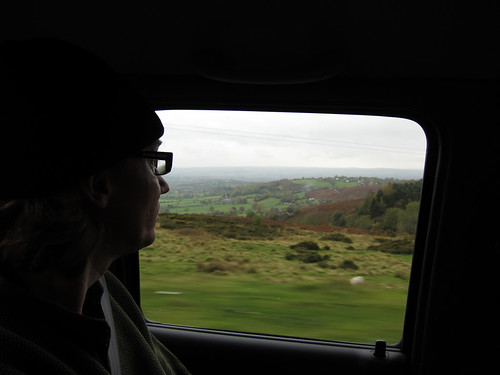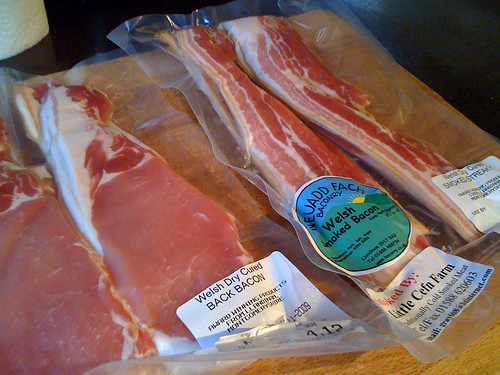Eating in Shropshire
There’s a persistent myth that the food in England is bad.
Well … years ago, such assertions might have had a basis in truth, such as the joke my friend Peter told me upon returning from having spent his junior year of college in London: “How does every English recipe begin? ‘First you bring the water to a rolling boil …'” Boiled meats, yeah, not so much.
A lot has changed since then. Over the past few decades many British cooks and chefs have been training in Europe and learning how to better use the wealth of wonderful ingredients that they’ve always had — beef, lamb, cheese and more. Sure, it’s possible to get bad food in England, but it’s possible to get bad food in Paris (and New Orleans, for that matter).
The myth reared its head quite frequently upon our return from Europe last month when I told friends how wonderful all the food was, not only in Paris and Barcelona but in England as well. I’m happy to continue to dispel that myth today.
A while back we went over the fab food we had in London, and it only got better when we left after a day and a half in London to drive out to the rural west with John and Fiona to their home in Shropshire near the Welsh border.
At breakfast time Fiona didn’t mess around. She knew who she had in their house.
Not one, not two but THREE kinds of Welsh bacon! Dry cured back bacon and streaky bacon from Llandinham, and smoked streaky bacon from Neuadd Fach Baconry in Hyssington, about 20 minutes up the road into Wales. (I just want to keep saying the word “baconry.” In fact, I want a baconry for my birthday.) The back bacon was some of the best I’d ever had, meaty and tender, and the streaky was very much like some of the artisanal bacons we get over here. Wonderful stuff.







